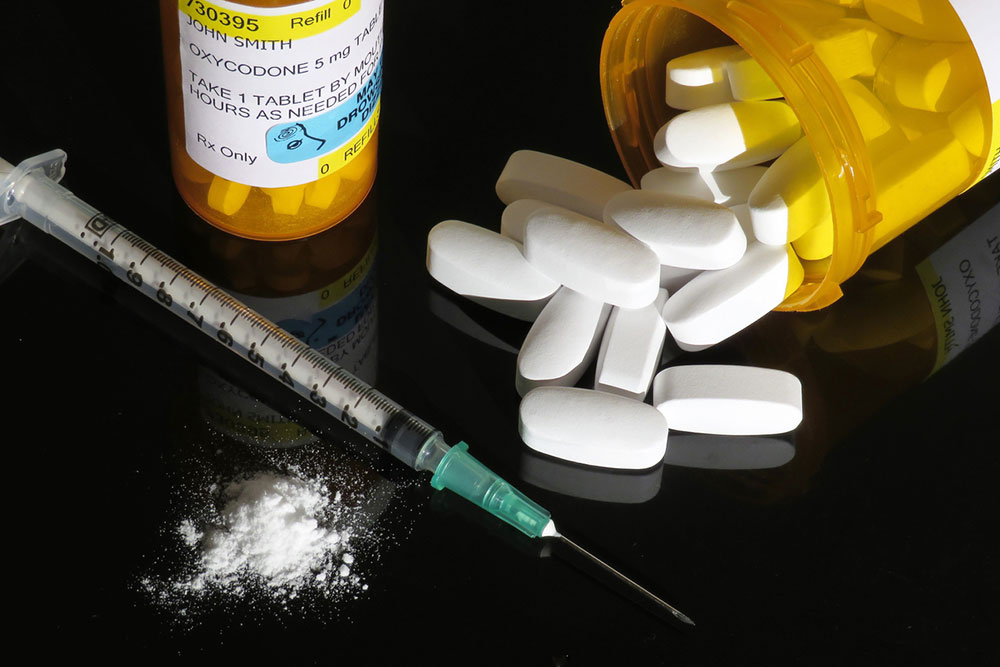What is the opioid crisis?
The opioid crisis is a complex public health issue. There are many factors that led us to the significant increase in opioid-related overdoses today. Some of these factors include:
- high rates of opioid prescribing
- the emergence of strong synthetic opioids in the illegal drug supply – such as fentanyl and carfentanil.
What are opioids exactly?
Opioids such as fentanyl, morphine, oxycodone and hydromorphone are medications that can help relieve pain.
Opioids are drugs that affect your mind, mood, and mental processes and can also cause euphoria, or the feeling of being “high.” This creates the potential for them to be used improperly.
Opioids are a broad group of pain-relieving drugs that work by interacting with opioid receptors in your cells. Opioids can be made from the poppy plant — for example, morphine.
Legal vs. illegal opioid
Legal opioids are prescribed by a health care professional most often to treat pain from conditions such as injuries, surgery, dental procedures, or long-term chronic pain.
Illegal opioids are any opioids that are made, shared or sold illegally. Illegal opioids include:
- street drugs from a drug dealer
- opioids are given to you by someone who is not your health care provider
- opioids that are not prescribed to you but are taken from someone else
Naloxone can save a life
Naloxone (pronounced na-LOX-own) is a fast-acting drug used to temporarily reverse the effects of opioid overdoses. Naloxone can restore breathing within 2 to 5 minutes.
While naloxone is only active in the body for 20 to 90 minutes, the effects of most opioids last longer. This means that the effects of naloxone are likely to wear off before the opioids are gone from the body, which causes breathing to stop again. So it is important to call for emergency medical attention. Naloxone may need to be used again, depending on the amount, type, or how the opioids were taken (for example: oral, injection).
Naloxone is available without a prescription and can be picked up at most pharmacies or local health authorities. It is available in an injection or a nasal spray format.
So be careful out there.
